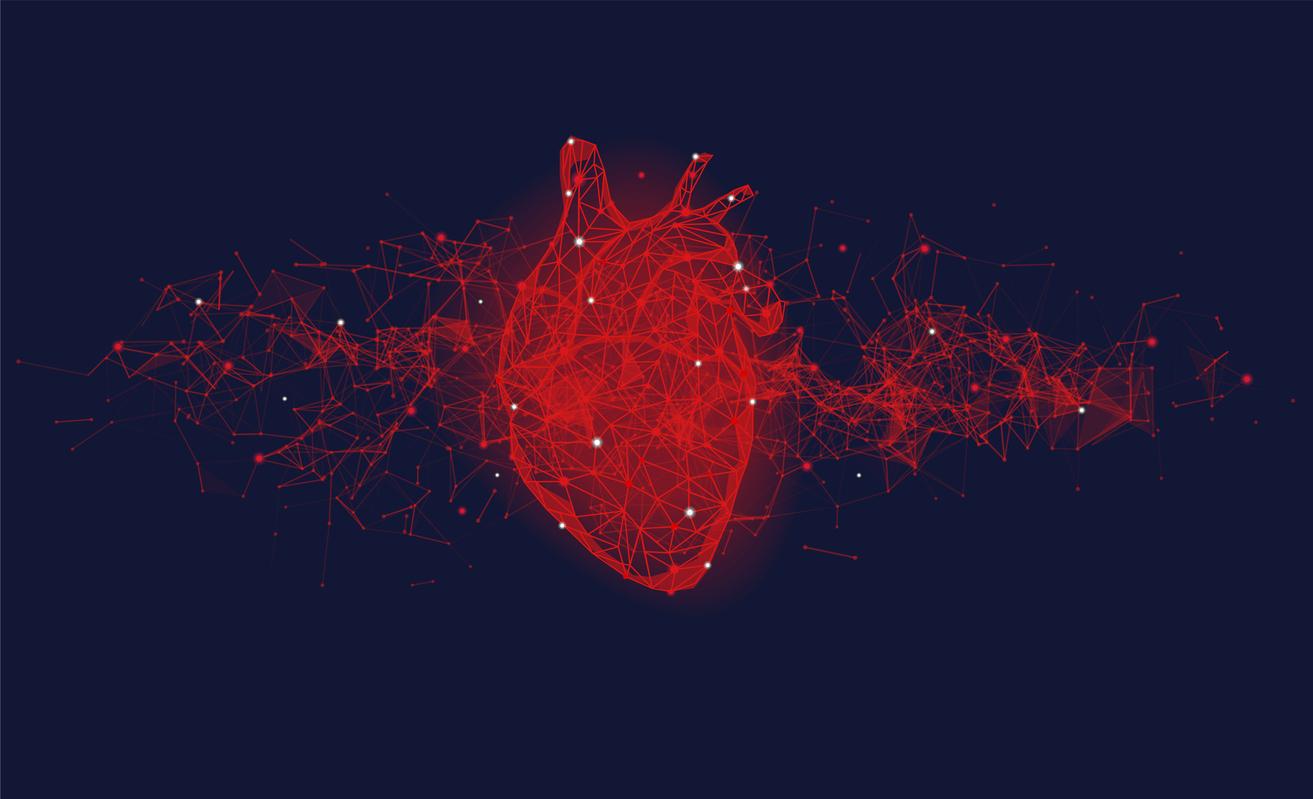A parasitic infection, mostly silent but potentially fatal, has spread beyond the borders of Latin America and is now raging throughout the world. Doctors in these new countries, however, remain unfamiliar with this disease.
-1534861398.jpg)
Chagas disease, or American trypanosomiasis, is caused by a parasite called Trypanosoma cruzi, and can lead to chronic heart disease with heart failure in about a third of those infected.
Over the past 40 years, Chagas disease has spread outside Latin America to parts of the world where it did not previously exist, notably in the United States and Europe; countries where doctors have little training in detecting and treating this potentially fatal disease.
This spread would be mainly due to the mobility of populations between Latin America and the rest of the world. A new report of the American Heart Association published in the journal Circulation takes stock of the spread of this poorly understood infection in Western countries.
An infection linked to an insect carrying a parasite
Infection occurs when the feces of the infected insect Trypanosoma cruzi – a bug-type insect (triatomine) that sucks blood – gets into the skin through the bite site, or through the eye. Triatomine insects are mainly found in Central and South America, where they infest adobe houses (cracks in old walls), but also in the southern United States and now in Europe.
The disease can also be transmitted through contaminated food and drink, as well as from pregnant women to their babies and through blood transfusions or organ transplants. Since February 2006, a European directive (relating to the donation, procurement and testing of tissues and cells of human origin) provides for screening examinations based on the donor’s history or travel to endemic areas (2006 / 17 / EC).
A risk of heart failure
Although 60 to 70% of people infected with Trypanosoma cruzi develop no symptoms upon infestation, or nonspecific signs, they may later develop heart disease, including heart failure, life-threatening heart rhythm abnormalities (ventricular arrhythmias), stroke, and stroke. cardiac arrest. There are also peripheral and digestive neurological disorders.
If detected early, this infection can be cured by drugs (benznidazole or nifurtimox) not devoid of toxicity, with a success rate of almost 100% in the acute phase. At a later stage, treatment less often eradicates the disease but can prevent the progression to complications. Early detection of Chagas disease is therefore critical to achieve rapid recovery and prevent cardiovascular complications.
A 2-phase infection
Chagas disease presents in 2 phases and the first, the acute phase which lasts about 2 months, is the period when a high number of parasites circulate in the blood (transfusion risk).
In most cases in the acute phase, there are no symptoms or only non-specific symptoms. In less than 50% of those infected, the first suggestive signs may be a lesion of the skin or purplish edema of the eyelids in one eye. Otherwise, the non-suggestive signs are: fever, headache, lymphedema, pallor, muscle pain, breathing difficulties, edema, and stomach or chest pain.
During the chronic phase (10 to 20 years), the parasites hide mainly in the heart muscle and digestive muscles. Up to 30% of patients suffer from heart problems and up to 10% from digestive (usually mega-esophagus or megacolon) and neurological (peripheral nervous system) disorders.
Later, the infection can lead to sudden death due to cardiac arrhythmia or progressive heart failure caused by destruction of the heart muscle and its nervous system.
An extension of the infestation area
The health risks associated with Chagas disease are well known in Latin America. Most cases are in countries such as Brazil, Argentina, Bolivia, Paraguay, Mexico and El Salvador. However, outside of Latin America, doctors are generally unaware of the possibility of this infection and are not familiar with its risk of heart disease.
Countries outside Latin America where infections with Trypanosoma cruzi have been diagnosed are those where there has been immigration from Latin America: the United States (about 300,000 cases), Spain (42,000 cases), Italy, France, Switzerland, the United Kingdom -U, Australia and Japan.
Low risk for travelers
The risk of infection is extremely low for most travelers in endemic countries. To minimize the risk, people should avoid sleeping in houses with adobe walls or thatched roofs. They should also avoid unpasteurized sugarcane juices, fruit juices including acai juice, in affected countries.
“This publication aims to raise awareness among physicians who treat heart conditions related to Chagas disease outside of its traditional endemic environment,” said Maria Carmo Pereira Nunes, co-chair of the committee that drafted the focus of the AHA.

.
















